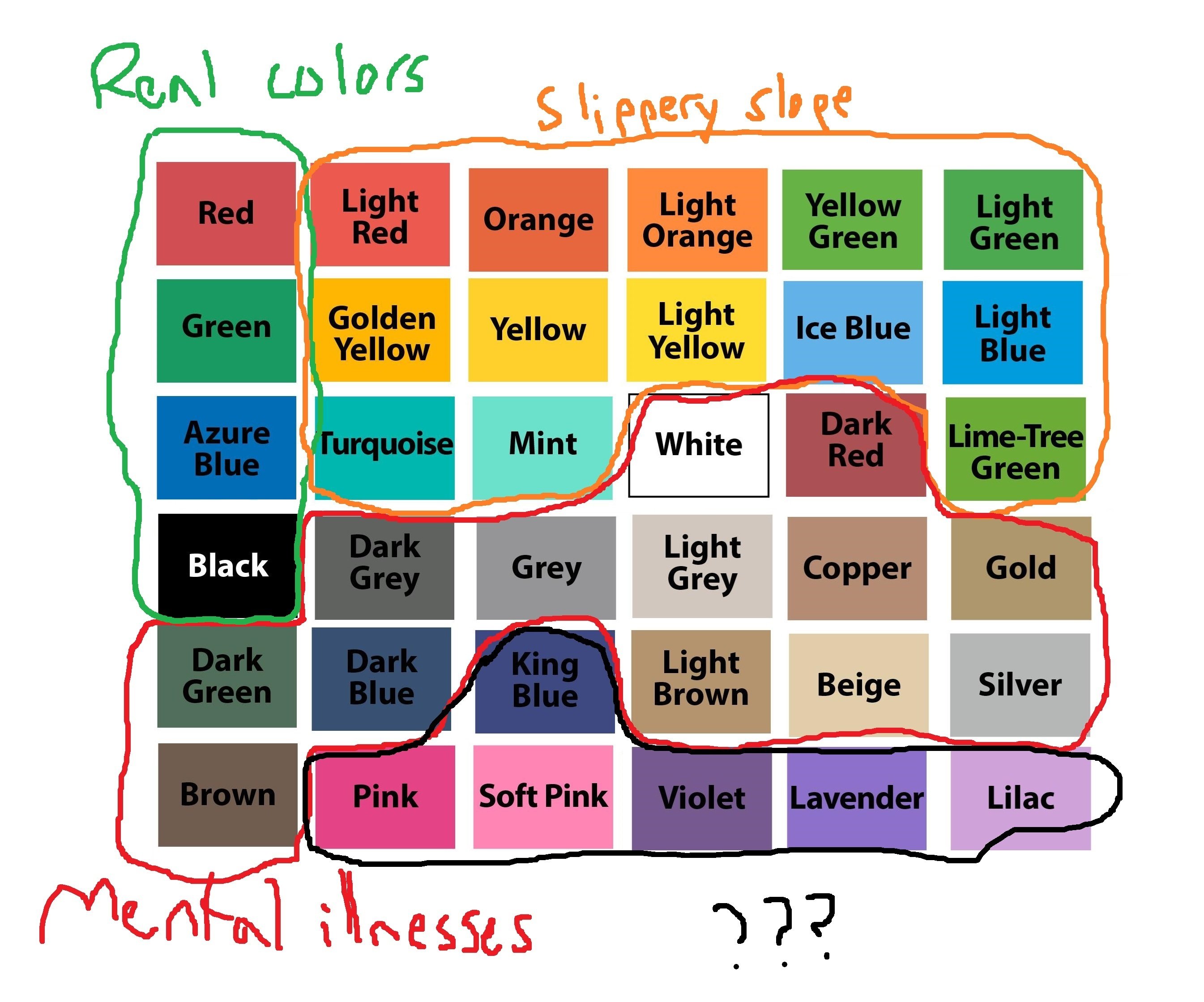this post was submitted on 24 Nov 2024
194 points (88.2% liked)
196
17057 readers
1362 users here now
Be sure to follow the rule before you head out.
Rule: You must post before you leave.
Other rules
Behavior rules:
- No bigotry (transphobia, racism, etc…)
- No genocide denial
- No support for authoritarian behaviour (incl. Tankies)
- No namecalling
- Accounts from lemmygrad.ml, threads.net, or hexbear.net are held to higher standards
- Other things seen as cleary bad
Posting rules:
- No AI generated content (DALL-E etc…)
- No advertisements
- No gore / violence
- Mutual aid posts require verification from the mods first
NSFW: NSFW content is permitted but it must be tagged and have content warnings. Anything that doesn't adhere to this will be removed. Content warnings should be added like: [penis], [explicit description of sex]. Non-sexualized breasts of any gender are not considered inappropriate and therefore do not need to be blurred/tagged.
If you have any questions, feel free to contact us on our matrix channel or email.
Other 196's:
founded 2 years ago
MODERATORS
you are viewing a single comment's thread
view the rest of the comments
view the rest of the comments

But how can you tell when you see cyan, if it's actually cyan wavelength or a combination of two completely separate wavelengths that your brain just averages into 'light blue' or whatever?
yea I know thats why I called it a slippery slope, because if you know for certain that there's only one wavelength in the scene then you could tell its cyan, but if it could be any spectrum then you would have no idea
So how is red not a slippery slope for the same reasons?
IDK, I can't tell from looking at the 2015 CIE CMFs (I think these are the most accurate? also I used the firefox plugin "unpaywall" to see them as sci-hub wasn't working) if there are any completely identifiable red colors or not. I initially assumed there were, but I guess I don't really know (I had assumed any perceived color could be made from a standard red green and blue, but now I also don't know if that's true).
edit: if that assumption is true than there would be no way to produce photons of different wavelengths in a way that looks like a fully saturated red
also the falloff at the end of the spectrum might mess with that a little, it looks like there is a continuously varying ratio of red to green along the end of the spectrum, but I can't really tell
edit2: it also varies somewhat with age and among individuals apparently, so that might complicate things further
And your brainhole specifics - everything gets processed like this (even monitors with subpixels use a lot of this stuff, or even why you can watch 24p movies):
wiki/White%27s_illusion
yea, there's also the afterimage / auto white balance factor
also those are fun optical illusions
mildly unrelated, but have you seen https://en.wikipedia.org/wiki/Caf%C3%A9_wall_illusion and https://www.shadertoy.com/view/4dBfWK
Yes, brains are wild!